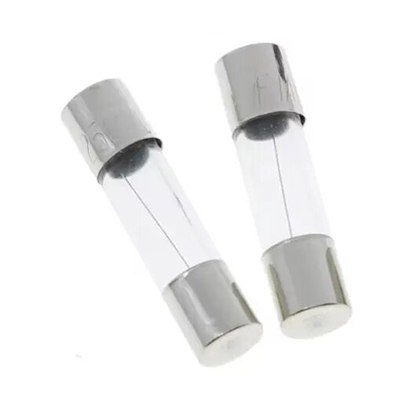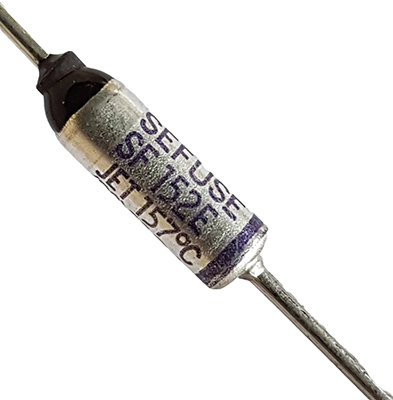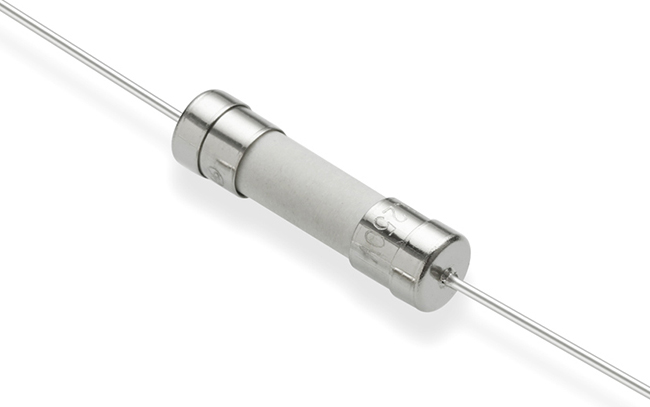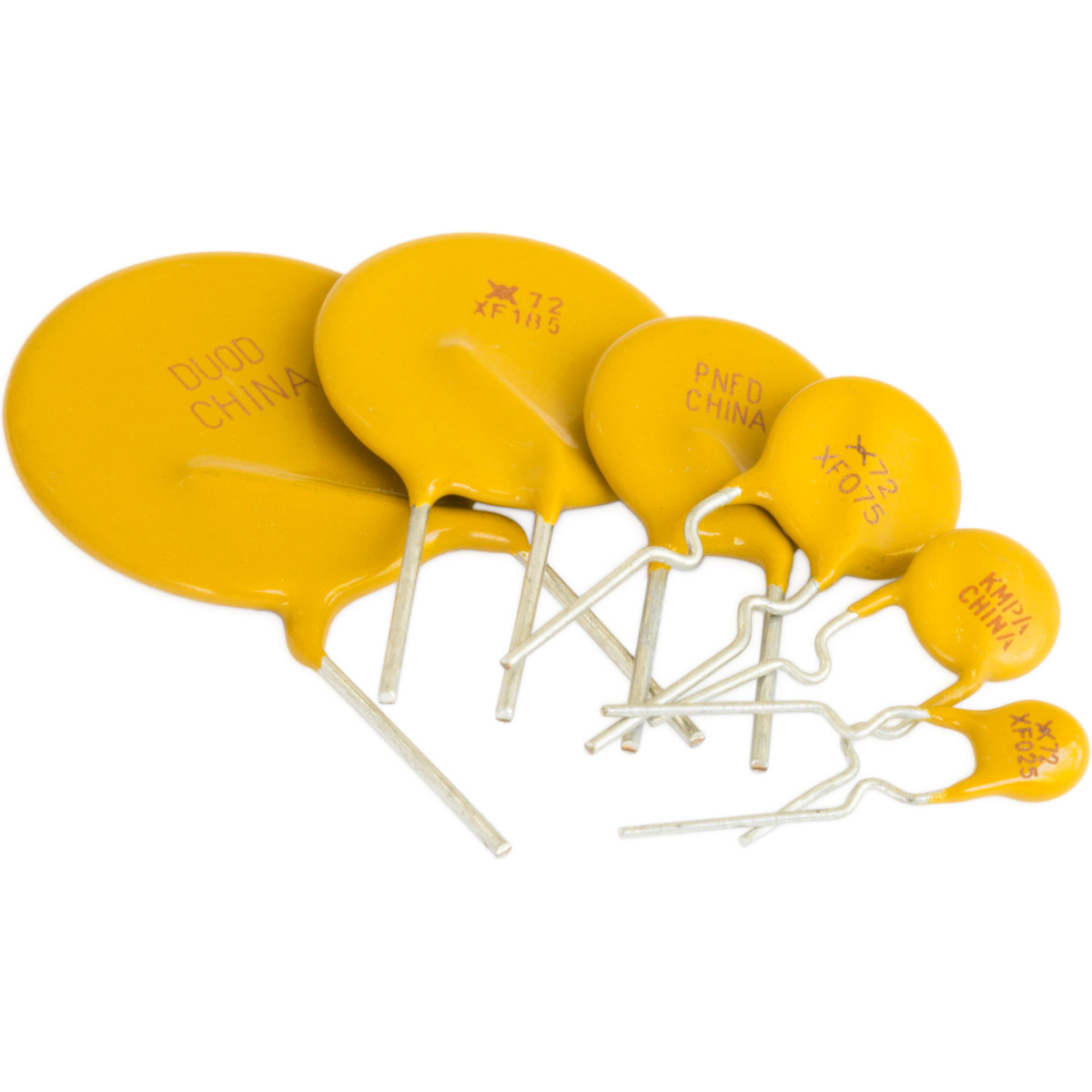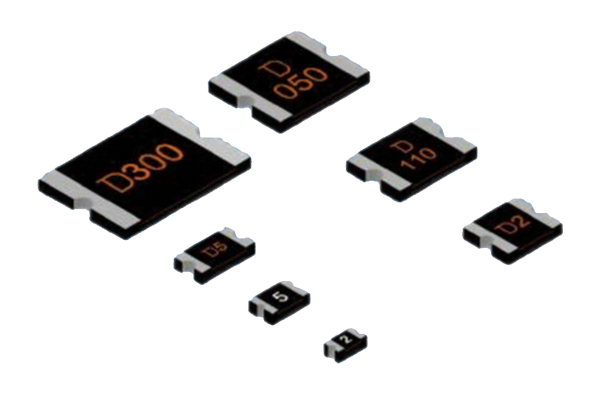
SMD Fuse Comprehensive Guide
Introduction
SMD fuses are compact surface-mount overcurrent protection components designed for modern electronics. With space-saving designs and reliable performance, they’re widely used in consumer electronics, automotive, and industrial sectors. Unlike through-hole fuses, SMD fuses mount directly on PCBs, ideal for miniaturized devices. This guide covers SMD fuse types, key specifications, industry applications, and selection tips to help you choose the right component.
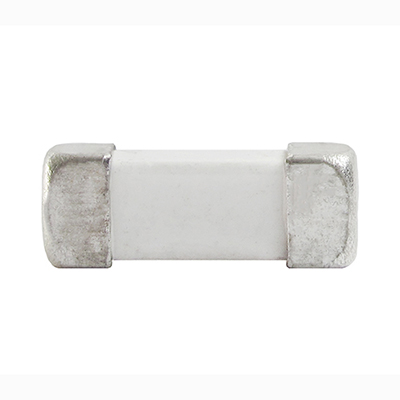
Common SMD Fuse Types
SMD fuses come in several types to suit different needs, including fast-acting, slow-blow, and polymeric PTC SMD fuses. Fast-acting SMD fuses respond quickly to short circuits, making them perfect for sensitive electronics like smartphones. Slow-blow SMD fuses handle temporary current surges, ideal for devices with startup spikes such as power adapters. Polymeric PTC SMD fuses are resettable, eliminating the need for replacement in low-power applications like wearables. All types maintain the core advantage of SMD design: minimal footprint for space-constrained PCBs.
SMD Fuse Specifications & Model Parameters
Key SMD fuse specifications include rated current, rated voltage, breaking capacity, package size, and operating temperature. Below are popular SMD fuse models used in various industries:
| Model Number | Rated Current (A) | Rated Voltage (V DC) | Breaking Capacity (A) | Package Size (inch) | Operating Temp Range (°C) |
|---|---|---|---|---|---|
| SMD-0603-05 | 0.5 | 63 | 5 | 0603 | -55 to +125 |
| SMD-0805-20 | 2.0 | 125 | 10 | 0805 | -55 to +125 |
| SMD-1206-50 | 5.0 | 250 | 20 | 1206 | -55 to +150 |
| PTC-SMD-0805-10 | 1.0 | 60 | 10 | 0805 | -40 to +85 |
SMD Fuse Application Industries
SMD fuses are integral to multiple sectors. In consumer electronics, they protect smartphones, laptops, and wearables from overcurrent. The automotive industry uses them in in-vehicle infotainment, ADAS systems, and battery management modules (BMS) due to their compact size and vibration resistance. Industrial automation relies on SMD fuses for PLCs, sensors, and IoT devices. They also secure medical electronics like portable diagnostic tools, where miniaturization and reliability are critical.
Tips for Selecting SMD Fuses
Choose an SMD fuse by: 1) Matching rated current/voltage to the circuit’s normal operating values, 2) Selecting fast-acting or slow-blow based on surge tolerance, 3) Picking package size that fits PCB layout, 4) Ensuring operating temperature range aligns with the application environment.
